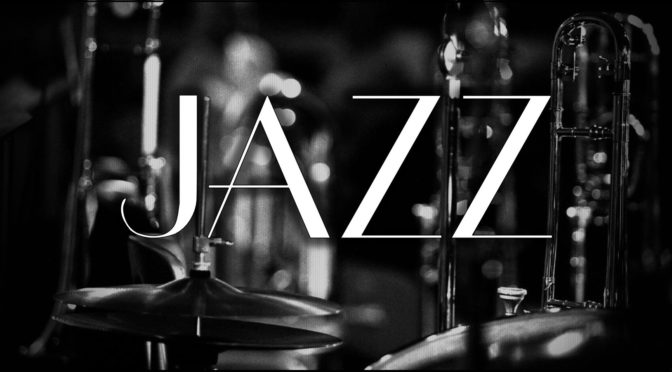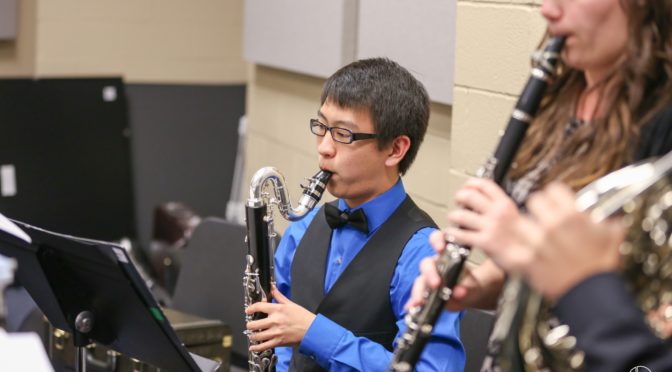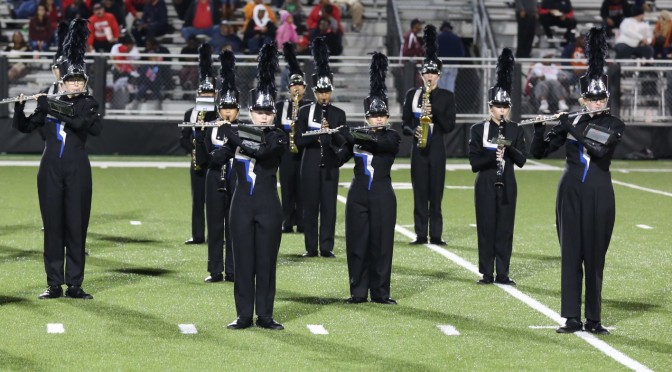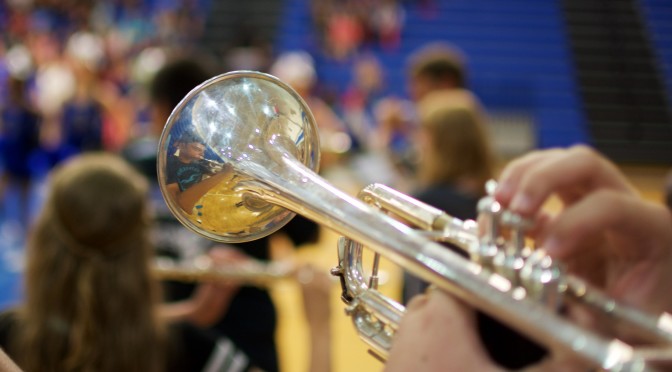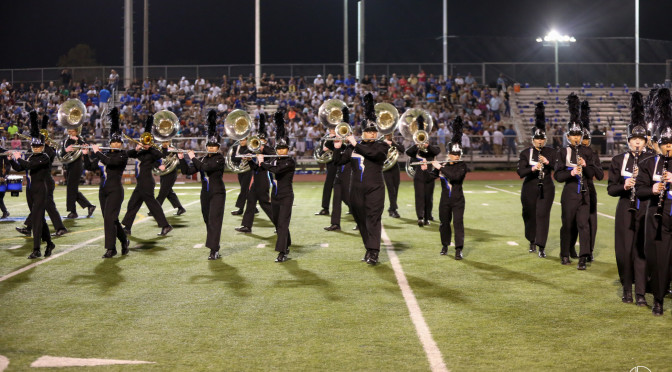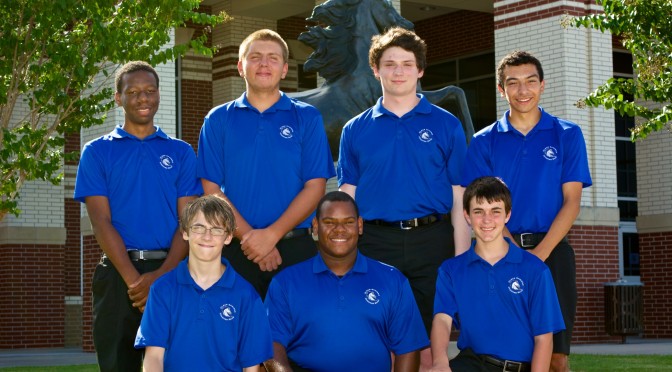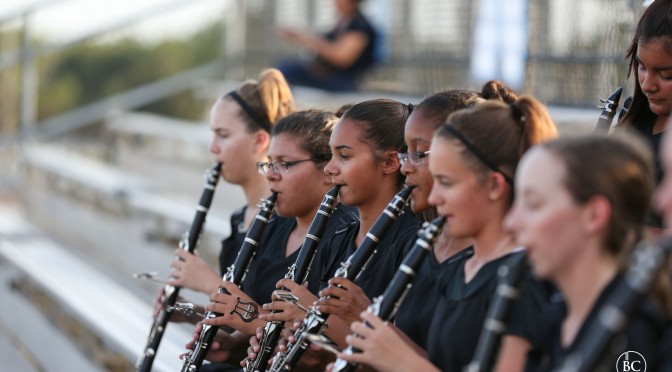Though participation in the region band auditions is not required it is strongly encouraged as the whole process is a very educationally beneficial one. Also, students who wish to attempt to move up a band for second semester must participate in region auditions and students who do not want to be passed up by another student, and possibly moved down a band, should participate as well. All Symphonic Band students will be tested on the Freshman cuts and all Wind Ensemble students will be tested on the entire etudes starting in September. Placement at the region audition in December will be a factor in second semester placement.
TMEA (Texas Music Educators Association) has posted the etude lists for the 2016-2017 All-State & Region Band auditions which can be viewed on TMEA’s website by clicking here. For your convenience, we have also created packets with the etudes and performance guides available for download from CHARMS. The Freshman cuts can be downloaded by clicking here or by visiting CHARMS.
We highly recommend that everyone purchase the etude books as the same book is often used every year and these books are excellent practice tools after All-State auditions have ended and before next year’s etudes are announced. The list of etude books can be found by on TMEA’s website by clicking here.
All-State & Region Practice Recommendations
Do NOT immediately sit down and start playing through the etudes. You will learn bad habits from doing this that will be hard to fix later. Instead, break the etudes into small easily manageable sections, work through the steps below until successful and then play through the sections of music. (A section can be a couple of measures, one line, or maybe 2 lines, but do not do more than 2 lines at a time.)
- Read the Performance Guide
- This can be found on TMEA’s website by clicking here or in the packets available for download from CHARMS.
- Read it again as you begin to learn and improve on the etudes.
- Practice small sections of the music at a time
- Mark your phrases before you start practicing
- Work on only one phrase at a time
- Do not combine phrases until you can do each of the following
- Play each phrase without stopping
- Play each phrase with logical breaths
- Play each phrase at the same tempo
- Attack the hard parts first!
- These will be the sections that need the most time to work up
- It is OK to go slower on these sections in the beginning
- Is is NOT OK to play through the etude slowing down on the hard parts and speeding up on the easy ones. Everything must be at the same tempo unless there is a ritard or a tempo change that is marked.
- Use a metronome
- Seriously, use a metronome 100% of the time that you are practicing, and focus on completing the steps below, in-time with the metronome.
- Start slow, only get faster when you can complete all of the steps below successfully.
- Don’t get frustrated and turn the metronome off. Keep it on and make yourself stay with it.
- If you can’t play it with the metronome, then you definitely can’t play it without one.
- Determine the key of each section and practice the scale, scale in thirds, and arpeggios for that key.
- A lot of times the key is in the title
- If it is in a minor key, practice the scale, thirds, and arpeggios three times more than you would if it were a major key.
- Memorize the scale, thirds, and arpeggios
- Be sure to play the full range of the etude
- Practice with a metronome turned on
- Practice both slowly while focusing on getting every note to sound the same, and fast while focusing on getting your fingers to be even.
- Make this a part of your daily routine every time you practice.
- If there are chromatic segments, practice the chromatic scale as well.
- Count the rhythm with a metronome
- Count as strongly as if you were playing (don’t whisper under your breathe)
- Instrument should be in playing position
- Finger/position your part as you count
- Only continue when you have counted and fingered/positioned 100% successfully.
- If there is a rhythm that you are not sure how to count, work on a different section until you have asked for help.
- Continue doing this two or three times a week until auditions are over.
- Say note names with a metronome
- Always do this under tempo, you won’t be able to do it as fast as counting or playing. You may need to go as slow as 50, 60, or 70 beats per minute, but it will definitely pay off in the end.
- Say note names as strongly as if you were playing (don’t whisper under your breathe). Practice until you get it right.
- Say flats and sharps (e.g. if you have a B-Flat, then say “B-Flat”)
- Finger/position your part as you say the note names
- Only continue when you have said the note names and fingered/positioned 100% successfully and in time with the metronome
- Play the part
- Record yourself with an app that can playback the recording slower than it was performed (Audacity and Goldwave are good ones)
- Listen to the recording at different speeds and analyze your performance
- Did you stay with the metronome?
- Did you play the correct rhythm?
- Did you play the correct pitches?
- If you are having trouble playing the correct rhythms, then spend more time counting. If you are having trouble playing the correct pitches, then spend more time saying note names.
- If you hate the way you sound, practice to sound better.
- Move on to next section or repeat this section at a faster tempo
